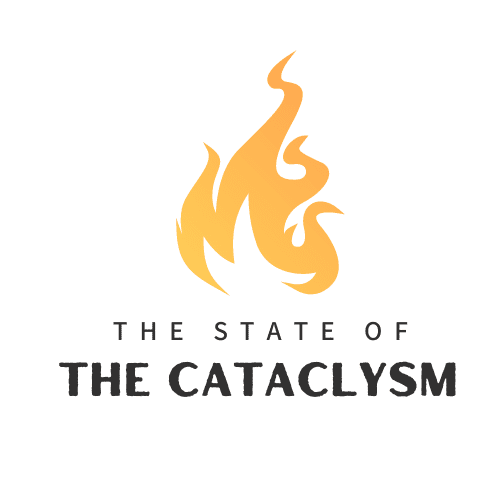
/
RSS Feed
Welcome to Episode 18 of ‘What Is Roleplay?!
This episode we are joined by Samuel Poots to discuss Narrative Worldbuilding
- Worldbuilding is an important cornerstone of all writing and especially important when writing roleplay games – the process of designing an environment for the story or the game you are creating.
- Samuel Answers the Question ‘What is Narrative Worldbuilding’: Designing the environment in such a way that the location can tell it’s own story as well as creating a space that allows for stories to emerge naturally. Designing the world with narrative hooks that allow for stories to happen as the players encounter them. Using questions that add flavour to the world.
- There are two approaches to this – the GM spends a great deal of time before the game doing all of the narrative world building, writing the lore which sets out the story – OR – the GM has short touch points, perhaps just 100 words maximum, that set the scene for the players but allow for lots of personal interpretation and for the players to have more space to contribute to the story. The characters themselves have stories to tell.
- CM & Samuel spend a little too much time discussing cutlery! What if there was a world in which anthropomorphic cutlery were at war and the spoons had been banished to the desert biome?
- The GM has a great deal of influence over the use of narrative world building – rather than shutting down player suggestions, Samuel suggests the use of the ‘Yes, and’ approach – allowing character input but with conditions and an understanding of the effect this input will have
- Samuel Answers the Question: ‘How do you bring Narrative Worldbuilding to your table?’
- Environment – What are the environmental challenges, what is the climate like etc.
- Culture – How do people respond to this environment? What do they bring to this space and how has this environment shaped them?
- Friction Points – What are the politics of the people within the culture, how is this not a monoculture
- Details of Intrigue – The granular details – items, specific NPCs, historical events that have shaped the world
- Samuel also discusses the use of visual art as a hook or starting point for Narrative Worldbuilding, using Wanderhome as a wonderful example of this approach. The nature prompts within Wanderhome allow for conversation and collaboration
- CM Lowry asks Samuel to share some tips for players
- Have a conversation with your GM and the other players to establish the collaborative process, preferably in game session zero
- Perspective is all important – how does you character view and react. Consider their backstory and how their experiences and memories will effect the way they approach the adventure
- Samuel & CM Lowry share a brief actual play, starting out in a tavern at the edge of a range of ominous foothills. Strange interactions between a bar tender and post-person ensue, including decapitated Beast-man head in pickling vinegar!!
Links to things we discussed:
Games:
- Jim Henson’s Labyrinth The Adventure Game
- Warhammer Fantasy Roleplay
- Monarchs of Camelot
- Into The Odd
- Mork Bork
- Wanderhome by Jay Dragon
- Mausritter
- Mouse Guard
Books, Authors & Publishers:
- Penny Dragon Games
- Redwall by Brian Jacques
- OnTableTop
- Sea of Claws by Samuel Poots
- Cubicle 7 Games
- Digital Dryad
More about Samuel
- Twitter – @pootsidoodle
- Website – Ulster University
More about Us
- CM Lowry on Twitter – @cmlowryauthor
- CM Lowry’s website – All About Chris
- Website – beyondcataclysm.co.uk
- Patreon – Patreon.com/beyondcataclysm
With music generously provided by:
Powerplant & Imploders.



